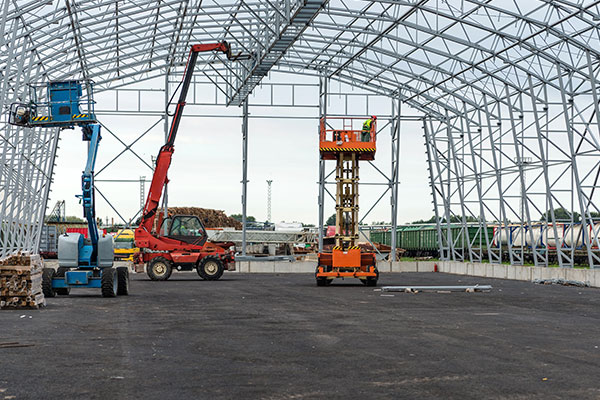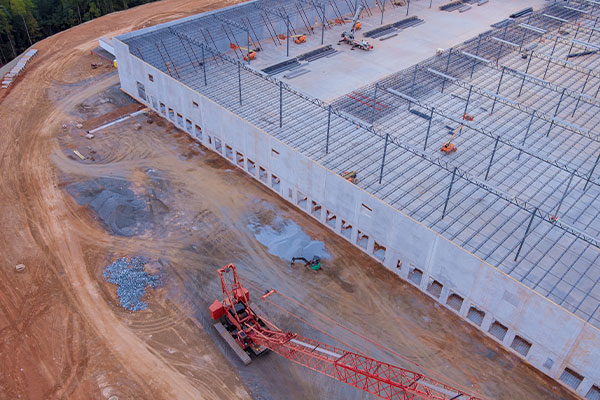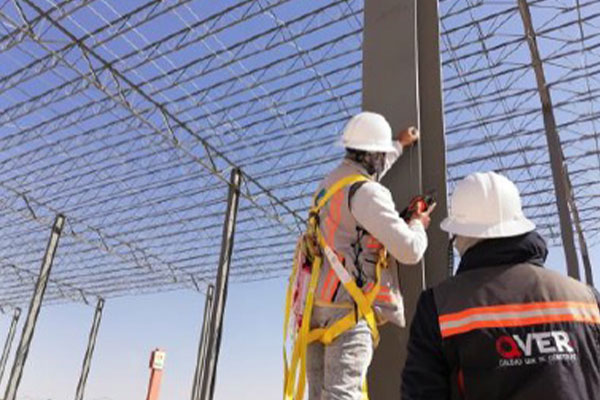The method works by measuring and analyzing the velocity (required) and force (optional) response of the pile. A hammer (regular or instrumented) is used to impact the surface of the pile and induce acoustic waves. The test may not identify all imperfections, but it can generally identify significant defects within the effective length.
At QVER, we specialize in executing processes that lead projects through highquality standards. Therefore, we present some of the main applications and limitations of pile integrity testing. The test has been standardized as ASTM D5882: Low Strain Impact Integrity Test of Deep Foundations.
Applications of pile integrity testing:
- Evaluate the unknown length of piles or elements;
- Evaluate the area and length of the pile cross-section;
- Determine the integrity and continuity of piles;
- Evaluate the consistency of the pile material.
Pile integrity testing provides useful information about the aforementioned aspects of piles. However, the method has certain limitations, some of which are inherent. The following section summarizes the main limitations of the pile integrity testing method.
Limitations of pile integrity testing:
- Pile integrity testing does not provide information on the load-bearing
capacity of piles and deep foundations. - Integrity tests cannot be performed on piles that are inaccessible.
Integrity testing of cross-sections below a major crack (which crosses the entire cross-sectional area) is not possible. - This test is not effective for piles with highly variable cross-sections.
It is not effective for evaluating pile sections below cracks that traverse
the entire cross-sectional area of the pile. - Pile integrity testing is generally not suitable for testing steel sheets, Hprofiles, or unfilled pipe piles.
- When the toe reflection is not evident, the integrity evaluation may not be
conclusive. - In some cases, it is difficult to distinguish between the soil response and
the pile response.




